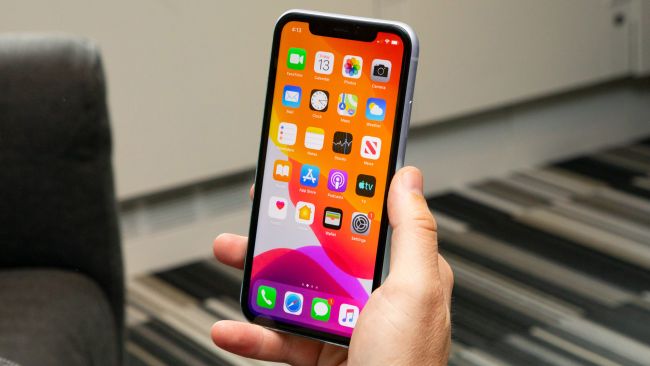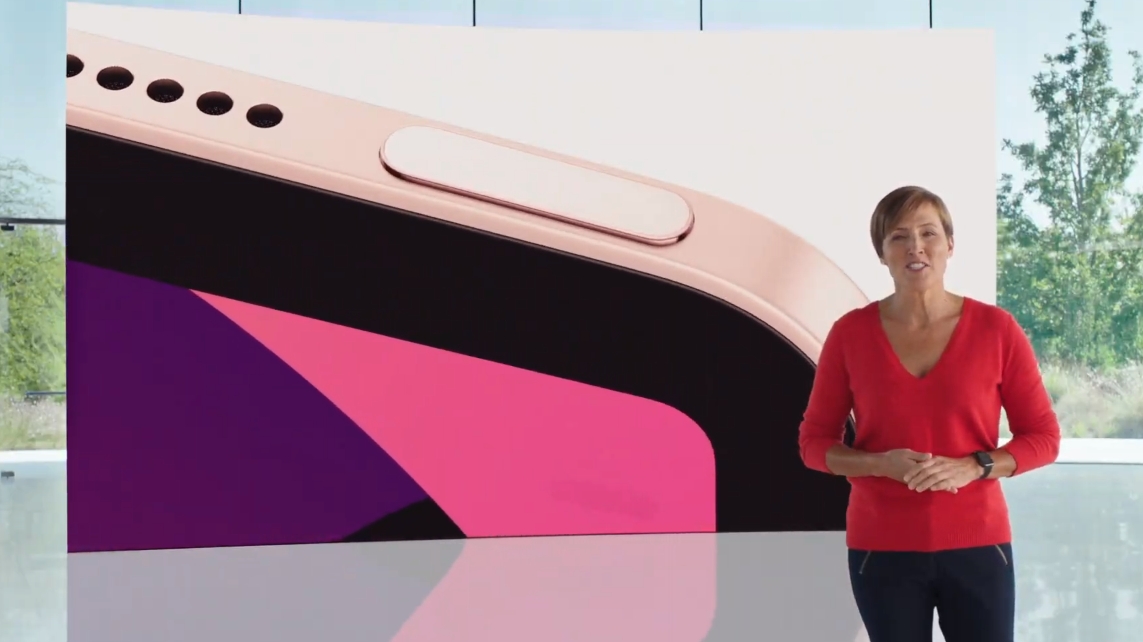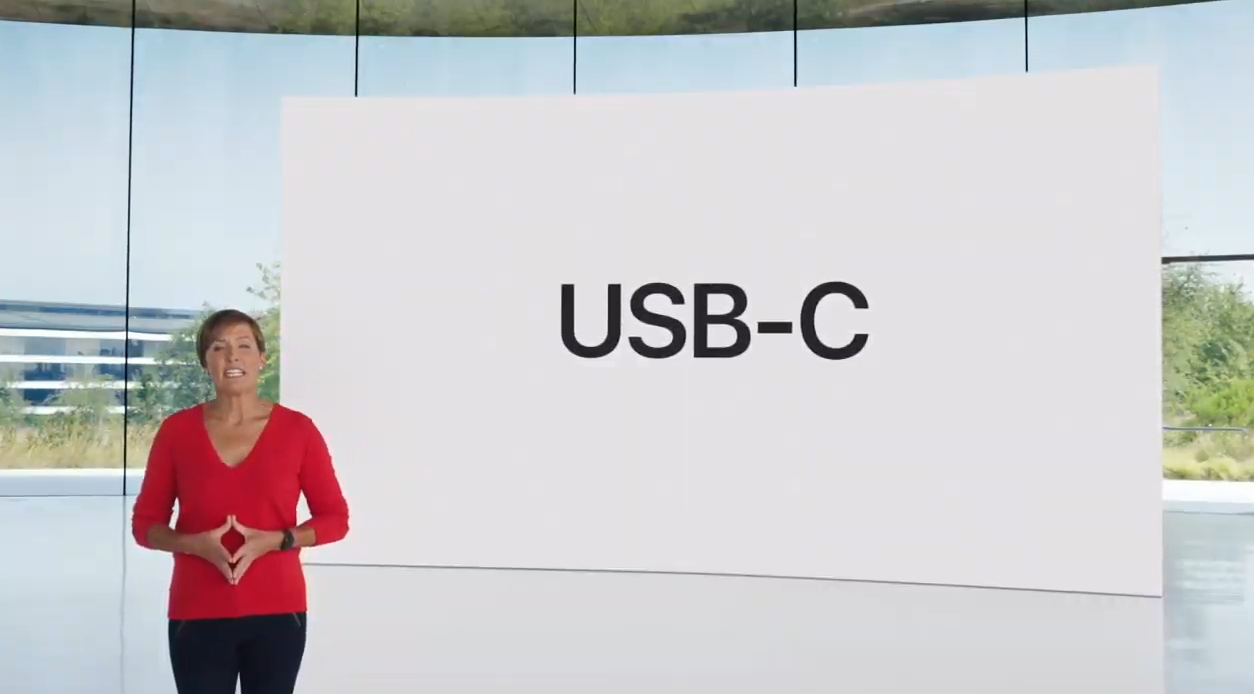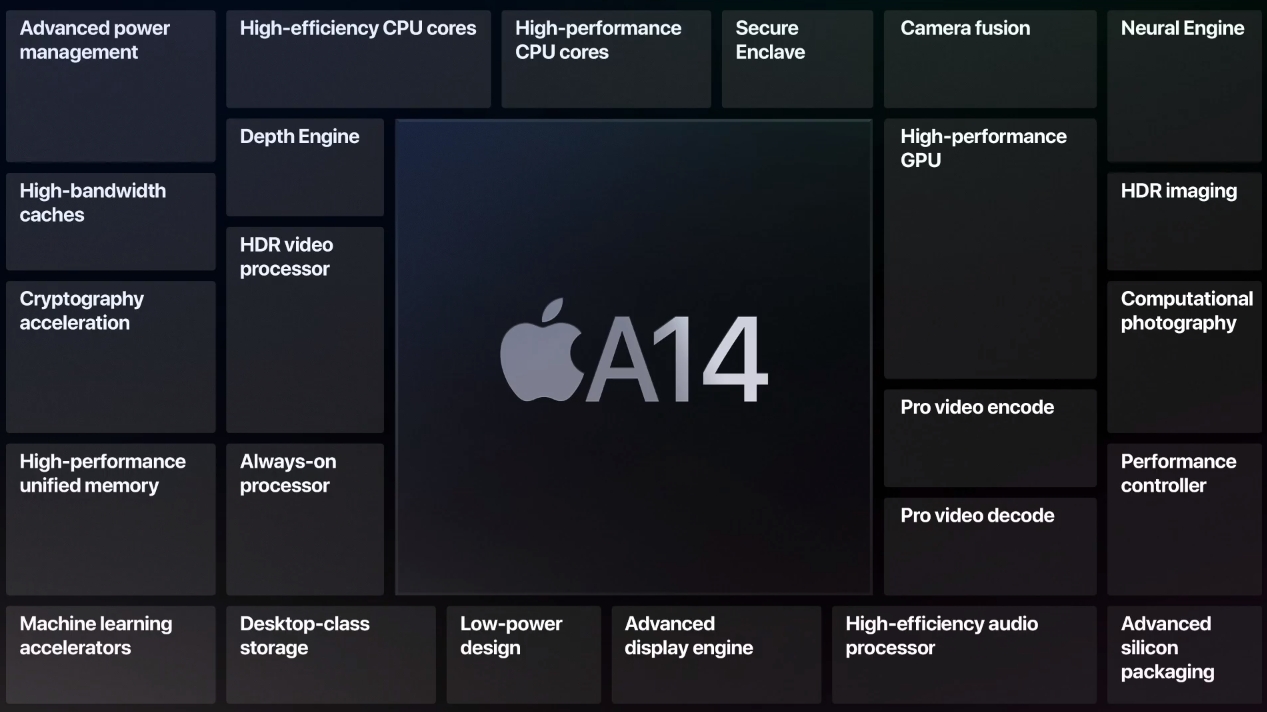6 things the September Apple Event can tell us about the iPhone 12
Reading between the Watch and iPad lines

So the iPhone 12 didn't show up at Apple's September event. That's what we were expecting, although some were holding their breath for a surprise unveiling. We'll likely now see the phones announced at an event in October instead.
Four major devices were launched though: the new iPad, the iPad Air 4, the Apple Watch 6 and the Apple Watch SE, along with Apple One, a new subscription bundle for Apple apps.
So we've got a healthy dose of Apple products to be going on with – but could the new products unveiled at the September event actually tell us a thing or two about the upcoming iPhone 12? There are plenty of new features, and some interesting changes, in the devices that could give us some pointers.
Sure, we're reading between the lines here quite a bit, but we've come up with a list of six predictions about the iPhone 12, based on what we've learned about the new iPads and Apple Watches, and the new subscription service.
1. A side-mounted fingerprint sensor

The new iPad Air 4 is the first product from Apple to have Touch ID built into a side-mounted button, rather than having a button on the front, as on older iPhones and lower-end tablets, or Face ID, like newer iPhones and the iPad Pro.
That change makes sense – everyone is wearing a face mask nowadays, and Face ID doesn't really work with the face-concealing accessory. Apple needs to move to physical fingerprint sensors for its new tech.
So could the iPhone 12 have a side-mounted fingerprint sensor? It's certainly possible – the phone will have buttons on the side after all, so it wouldn't represent a major design change, and switching from Face ID to Touch ID could enable Apple to drop the large notch, which needs to be big so it can house all the Face ID scanners.
Sign up for breaking news, reviews, opinion, top tech deals, and more.
A few Android phones use side-mounted fingerprint scanners, including the Moto G 5G Plus and Honor 20, and it's a super-convenient way of turning on your phone, so we'd be happy to see it in the iPhone 12. It beats the unreliable Face ID, at least.
2. Sticking with 60Hz
Rumors were pointing to the iPhone 12 having a screen refresh rate of 120Hz, a big step up from previous iPhones which stuck to 60Hz. 60Hz has been the standard refresh rate for phones for years, but recent Android devices have pushed that to 90Hz, 120Hz and even 144Hz.
Apple has only used high refresh rates in iPad Pro models, which use Variable Refresh, with the rate automatically changing depending on what you're doing – you can't change it manually.
Despite the iPad Air 4 seemingly being an 'iPad Pro Lite', it doesn't have Variable Refresh rate – so has Apple decided that people don't care about the smoothness that high refresh rates bring?
There have also been rumors which suggest Apple couldn't get 120Hz refresh rates manufactured in time. Whatever the reason, maybe we're stuck with 60Hz for another year.
3. Hello, USB-C

Like high refresh rates, some rumors pointed to the iPhone 12 having a standard USB-C port instead of Apple's proprietary Lightning port – this would allow the phone to offer faster charging and data transfer than previous iPhones.
The last few generations of iPad Pro have had USB-C ports, but now the iPad Air 4 has one too – so it's clear that Apple doesn't think the high-speed port is just for business users any more, and it's a feature that will be appreciated by all users.
So hopefully we'll see the iPhone 12 use a USB-C port, and it'll no longer take (what seems like) a lifetime to charge your iPhone.
4. No in-the-box charger
One of the more contentious points discussed in iPhone 12 leaks and rumors are whether it will, or won't, come with an in-box charger. Ditching the tech would force users to buy their own charger, but it would cut down on e-waste, which would be beneficial to the environment.
Well, the Apple Watch 6 is confirmed not to be coming with a charging pad in the box – you'll have to buy your own, or use an existing pad, to charge your smartwatch.
Apple didn't tell us whether the Apple Watch SE, or either of the new iPads, will come with chargers in the box. But a recent interview in which an Apple executive criticized the inclusion of in-the-box chargers, combined with the Watch 6's lack of one, makes it seem likely the iPhone 12 won't come with one either.
5. The A14 Bionic chipset

The iPhone 11 had the A13 Bionic chipset, and it's likely the iPhone 12 will have the A14 Bionic. The new iPad Air 4 also has this chipset, and a quirk of the fact that the slate is launching before the new iPhone is that we get an early glimpse at this new tech.
This is the first of Apple's mobile chipsets that's 5nm, so much smaller than previous processors, and it's set to be 30% faster than its predecessor too. The iPad Air 4 is set to be a snappy device, and by extension so is the iPhone 12.
6. Even more Apple bloatware?
Apple smartphones and tablets come with loads of pre-installed apps, with the likes of Apple TV and Apple Podcasts on your device whether you want them or not – and this situation could get even worse with the launch of Apple One.
Apple One combines Apple News, Apple Fitness and more in one big subscription bundle, and, as with some of the brand's other apps, you can be sure they'll come baked into Apple devices to encourage you to try, and hopefully buy, them.
Hopefully this won't be the case – we're crossing our fingers that Apple will get the message that, if we want to try these services, we'll download them for ourselves; however, the home page of our iPad attests to the fact this hasn't been the case so far.

Tom Bedford joined TechRadar in early 2019 as a staff writer, and left the team as deputy phones editor in late 2022 to work for entertainment site (and TR sister-site) What To Watch. He continues to contribute on a freelance basis for several sections including phones, audio and fitness.